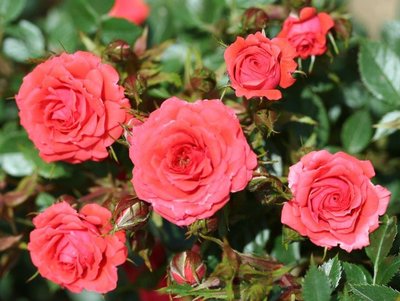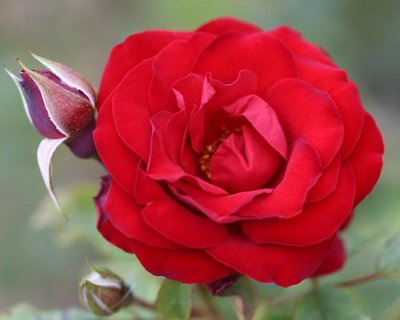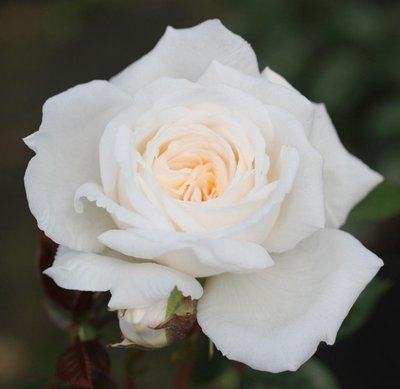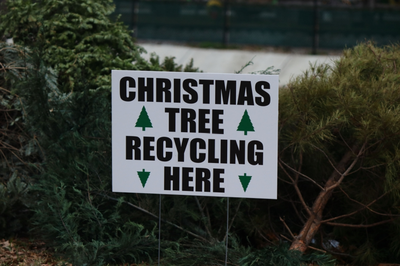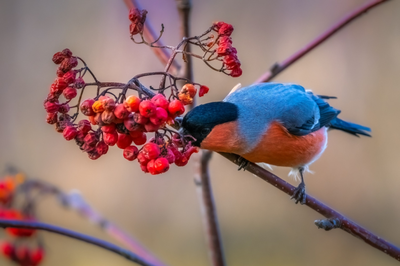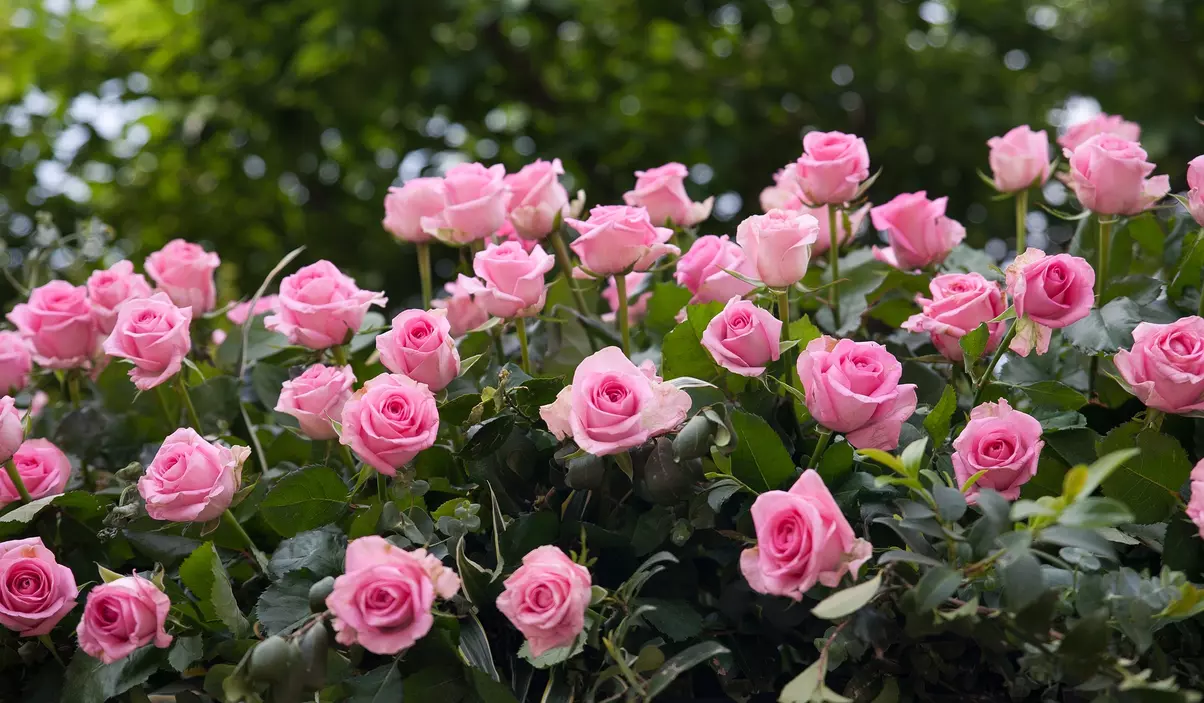
Growing roses in a small garden
No matter how small your garden is try to find room for a few roses as you just don’t want to miss out on the pleasure they bring in summer with beautiful blooms and sweet fragrances.
Low growing roses reaching just a few feet in height like patio, miniature and dwarf varieties are perfect. Patio roses are compact little bushes producing clusters of small flowers, with shallower roots than most other roses so they’re good for pots as well. Pretty ground covering roses that form a living carpet of vibrant colour are ideal for small spaces as they grow sideways rather than upright; tough and hardy they need little care and produce clusters of small flowers several times each summer.
If you run out of space then try vertical gardening by planting climbers and ramblers that add impact without using valuable floor space.
In a small space you want to create a wow factor so when you choose your roses limit the choice of colour to either one or two colours or shades of the same colour rather than an array of colours that can look rather chaotic.
Roses will grow in most well-drained soils, but incorporate some well-rotted compost or manure before planting. The majority are fully hardy and prefer a sunny position – although will do well if they get five or six hours of sun a day and are placed in an open position. Some grow in shade, so they can be selected for different situations.
For maximum impact plant heavily scented roses near to your seating area or pathway.
Planting
Water the rose thoroughly while it’s still in its pot or dunk a bare root one in a bucket of water for 20-30 minutes
Pick your spot in the garden and make sure it’s clear of weeds
Dig a hole that will take the roses root mass easily
Use a fork to loosen the soil at the base of the hole so roots can grow away easily
Add manure to the hole if you can get it or Camelot Horse Manure compost
Sprinkle Rootgrow in the hole as per the manufacturer’s instructions, this aids root development and leads to a healthier plant
Position your rose in the hole so that it’s just slightly lower than the surrounding ground surface
Backfill with the soil taken out to dig the hole
Firm in by gently standing on the soil to ensure the rose is secure and that there are no air pockets.
Water well.
Aftercare
Any new rose needs to be watered well until it is established, probably the first two years. Once established you will need to water still to promote a healthy plant that will flower over a long period. The amount depends on rainfall and heat. Once a week should be sufficient but if flowers wilt in extreme heat then they need a good soaking at the roots more frequently.
Pay special attention to climbers planted against a wall, roses in pots or in sandy soil with both watering and feeding.
Feed your roses twice a year, with After Plant Rose Food once in March/April at the start of the growing season and then again in late July after the first blooms to encourage stronger repeat flowering.
Mulch with bark chippings in early spring to suppress weeds and increase water retention
Spray to control pests and disease with RoseClear
Deadhead throughout the growing season to encourage repeat flowering and keep the rose in good shape.

